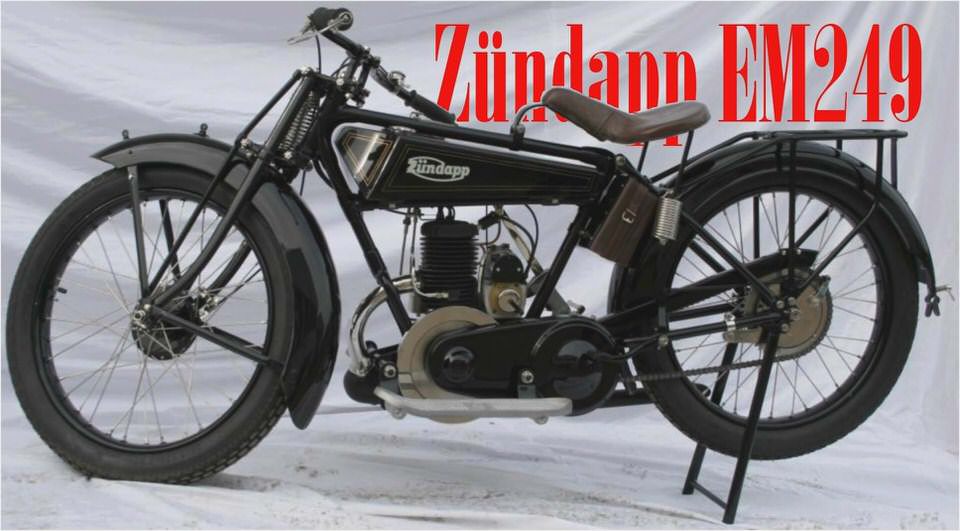
Ariel
The origins of Ariel brand go back to 1870 when James Starley and William Hillman patented the bicycle wheel with tangential wire spokes. They soon started the production of the first all-metal bicycles giving them the name Ariel (i.e. the spirit of the air). In 1987 their company merged with a company called Westwood Manufacturing Company.
The newly formed concern Cycle Components Ltd. was manufacturing not only Ariel bicycles, but also components for many bicycle plants of Great Britain.
In 1898 the first Ariel tricycle had its debut, and in 1900 the first British-made quadrocycle was presented. By 1902 Starley and Hillman created their first motor-cycle which was powered by a Kerry engine.
Around 1910 the plant developed several motorcycle models that were revolutionary for that time, and after 1910 it started the production of 150 and 500-cc engines (under license from White and Poppy).
In 1914 the company showed to the general public several interesting models at once. Among them, most attention received the Arielette model outfitted with a 350-cc power blockj of the company’s own make. Also, a much more powerful motorcycle made its debut, which had a twin-cylinder V-shape 663-cc motor.
First world war had a negative effect on the company’s successess: with the start of the military operations, it got into financial difficulties. For a while, Ariel motorcycles were shipped to the territory of today’s Iraq where the US army was using them. After the end of military operations the plant went on with its program of developing non-military-use motortcycles.
However, the purchasing power of their compatriots went down considerably and, respectively, the demand for Ariel motorcycles plummeted right away.
Saving the company became possible when Jack Sangster, an experienced and shrewd manager, as well as Valentine Page, a talented designer, joined the company in the mid-1920s.
New 350-cc and 500-cc motorcycles proved to be so innovative that they were mabufactured from 1926 to the mid-1950s. And in 1930 a new motorcycle line of new design had its debut: they got single-cylinder engines with 557, 497 and 249-cc capacity.
In the early 1930s Valentine Page left the company transferring to Triuph, and Ariel’s chief designer was one more talented young man whose name was Edward Turner. It was him who designed Square Four motorcycle that had its debut with a 250-cc engine at the London exhibition of 1930, and soon it got a new, 24 h.p. power unit with 598 cc.
Soon a new motorcycle model range was presented: Ariel Red Hunter. These machines featured not only most innovative configuration, but had a striking, even in some sense bold design solutions. Literally each model of this line-up proved to be very successful which helped the company to increase its profit manyfold.
In the middle of the 1930s Edward Turner substantially revamped the engine for Square Four motorcycle, a 1-liter, 38 h.p.motor that enabled the motorcycle to reach the speed of 160 km/h. In 1936 Jack Sangster who owned Ariel acquired the motorcycle department of Triumph, one more reputed British brand whereto Edward Turner was also transferred.
Ariel W/NG motorcycle was, perhaps, the only model which enjoyed a lot of attention during the war years. This military motorcycle had a 346-cc engine, reinforced frame and a larger road clearancem thus being practically ideal for use over very rough terrain.
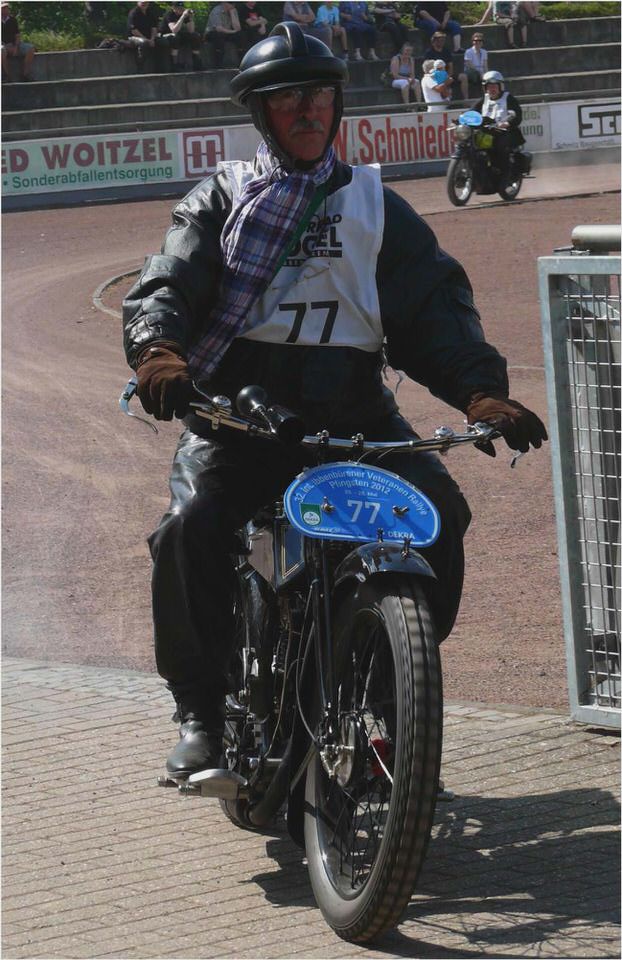
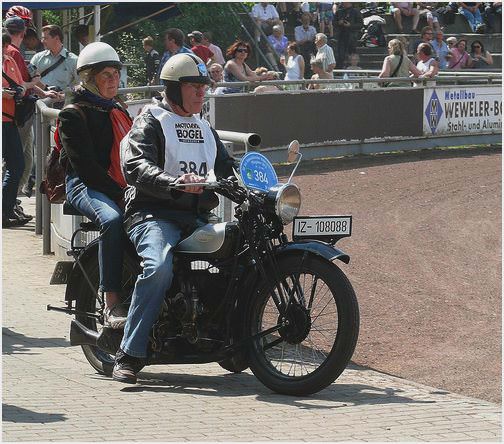
Right after WWII was over civilian Ariel motorcycle models came to the market: Ariel VG with 22 h.p./500-cc and Ariel VB with 15 h.p./600-cc. In those years one more modification of Square Four was presented that got a 36 h.p. engine with 997-cc capacity.
In 1944 the BSA concern became the owner of the Ariel brand. Three years later the production of the KH motorcycle model has started, which got an 26 h.p. engine with 499-cc capacity. A new version of Square Four also debuted, and it was much faster due to mass reduction by as much as 15 kg.
In 1953 the motorcycle got another engine update, with the 42 h.p. engine capacity.
In the mid-1950s t7he sales of Ariel motorcycles fell drastically. Company management made a decision to develop a new-generation engine which would be unique in its own right. To made this idea a reality Valentine Page who came back to the company around that time created a great model called Ariel Leader. This motorcycle was truly one of a kind in terms of both its structural and esthetic design.
Its engine was, however, not ideal at all: its capacity was only 16 h.p. while its volume was 247 cc.
This motorcycle model enjoyed sufficiently good demand in Great Britain, but as far as export sales were concerned the Leader model was not a seller at all. This prompted the company to immediately start various kinds of modifications of this motorcycle, but that did not help taking over foreign markets either.
In 1960-1962 the following models saw the light of day: the reduced-weight Arrow, the more powerful Sport Arrow (with engine capacity of 20 h.p.) and the “more open” Pixie with the 50-cc engine. Unfortunately, none of these models could help Ariel lower its losses, so in 1963 the company plant was closed down.
For a while Leader and Arrow models were produced at the BSA plant, but in the early 1970s the story of one of the most distinguished motorcycle companies in Great Britain came to an end.
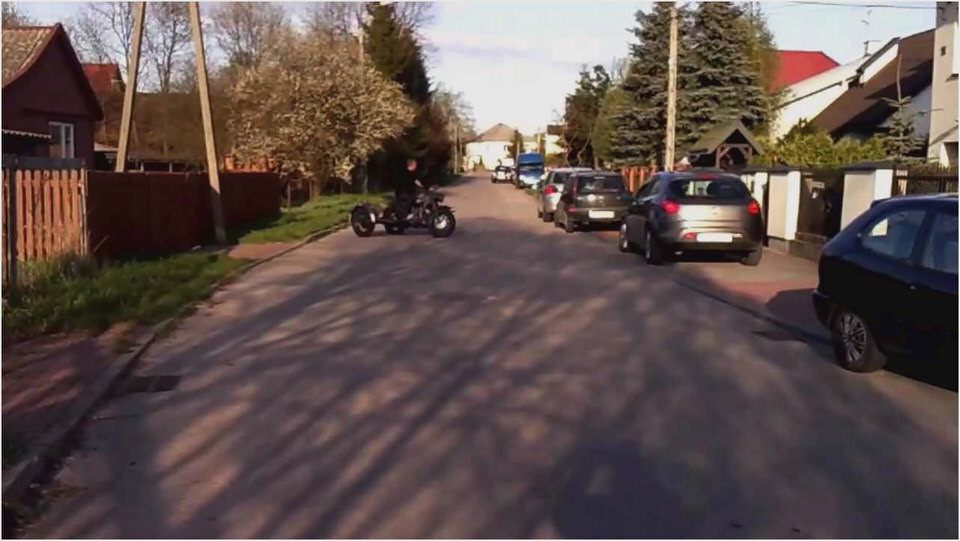
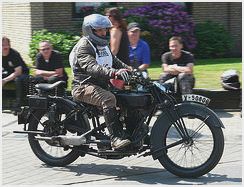
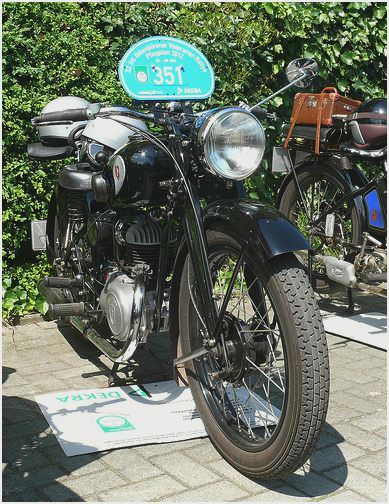
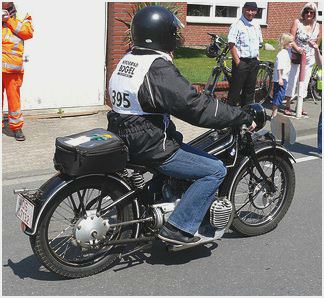
- Bruce Weiner Microcar Museum Liquidation
- What was your truly first bike? [Archive] – S.E. Asia Motorcycle Touring…
- Zundapp engine – Diabetic Shoes
- Modern Vespa : what’s in YOUR stable? (conspicuous consumption thread)
- Tornax – Wikipedia, the free encyclopedia

